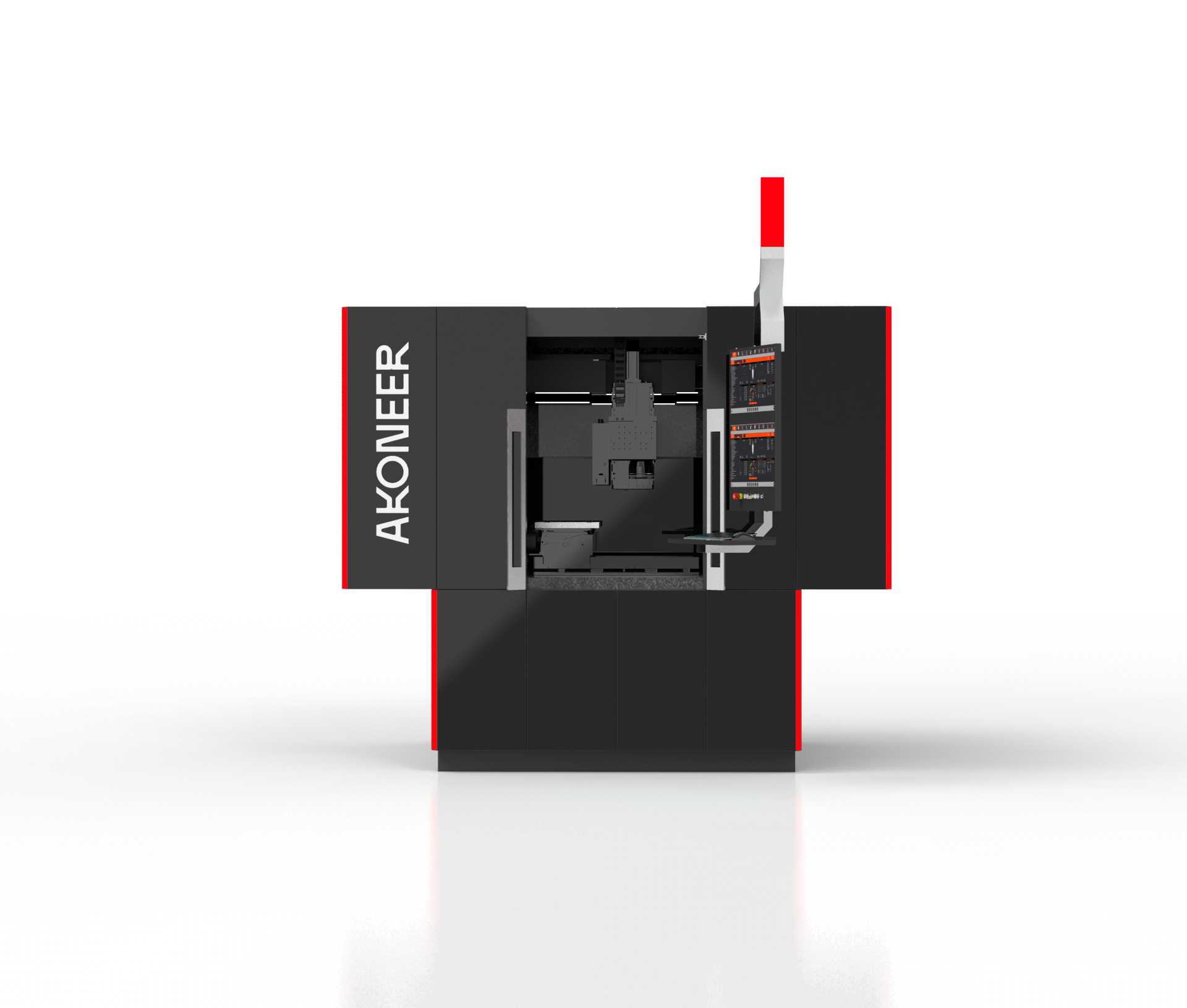Nitinol laser cutting
Explore how laser technology efficiently processes nitinol, a nickel-titanium alloy with unique properties, for diverse applications across medical, aerospace, and consumer electronics industries.
Nitinol, a metal alloy composed of nickel and titanium, has gained significant attention in various industries due to its unique properties, such as shape memory and superelasticity. These characteristics make nitinol ideal for applications in medical devices, aerospace components, and consumer electronics. However, working with this material poses challenges, especially when it comes to cutting. Laser cutting has emerged as a precise and efficient method for processing nitinol, offering solutions to these challenges. This article explores the process of nitinol laser cutting, its advantages, challenges, and applications.
Understanding nitinol and its properties
Nitinol is renowned for its shape memory effect, allowing it to return to a pre-defined shape after deformation when exposed to a specific temperature. This property is particularly useful in medical devices like stents and guidewires that need to expand within the human body. Additionally, nitinol's superelasticity enables it to withstand significant deformation without permanent alteration. The alloy's biocompatibility also makes it suitable for implantable devices. However, these same properties make nitinol difficult to machine using traditional cutting methods. Laser cutting, with its precision and versatility, effectively addresses these challenges.
The process of laser cutting nitinol
Laser cutting is a non-contact method that utilizes a high-energy beam to cut materials with precision. The laser's energy density melts or vaporizes the material in a controlled manner, resulting in clean cuts with minimal thermal impact. For nitinol, this minimizes the risk of altering its microstructure and mechanical properties. The process begins with the laser focusing on the nitinol surface, heating it rapidly to its melting point. A high-pressure assist gas, often oxygen or nitrogen, expels the molten material, creating a precise cut. Advanced CNC systems guide the laser with high accuracy, ensuring intricate designs and complex geometries. Typical power levels range from 2 to 6 kW, while kerf widths can be 0.1 mm, and repeatability is often within ±0.02 mm.
Advantages of using lasers for nitinol cutting
Laser cutting offers high precision, with tolerances in the micrometer range crucial for applications requiring exact specifications, such as medical devices. The process is fast, significantly reducing lead times in manufacturing. The non-contact nature of laser cutting means there is no tool wear, enhancing efficiency and reducing costs. By minimizing the heat-affected zone, laser cutting preserves the inherent properties of nitinol, maintaining its shape memory and superelastic characteristics, thus ensuring the functionality and reliability of the final product.
Challenges and considerations in laser cutting nitinol
Despite its advantages, laser cutting nitinol presents challenges. Thermal damage is a major concern; excessive heat can alter the alloy's phase transformation temperatures, affecting its shape memory properties. Precise control of laser parameters such as power, speed, and focus is essential. Nitinol's reflective surface can pose difficulties in laser absorption, requiring adjustments in the laser setup or the use of specialized coatings. Managing the assist gas flow is crucial, as improper expulsion of molten material can result in rough edges or burrs. These challenges necessitate a thorough understanding of both the material properties and the laser cutting process.
Applications of nitinol laser cutting
The precision and efficiency of laser cutting make it invaluable in industries utilizing nitinol. In the medical field, nitinol laser cutting is instrumental in manufacturing stents, guidewires, and surgical instruments that require complex geometries and smooth finishes. In aerospace, nitinol's ability to withstand extreme conditions is beneficial for components like actuators and fasteners, where laser cutting ensures precision and reliability. The consumer electronics industry also benefits from nitinol's properties, using laser cutting to produce components like antennas and connectors that demand intricate designs and high-performance standards. For example, Boston Scientific uses laser cutting to produce nitinol-based medical devices, enhancing product reliability and reducing manufacturing time by up to 30%.
Future trends in nitinol laser cutting
As technology advances, the future of nitinol laser cutting looks promising. Developments in laser technology, such as fiber lasers and ultrafast lasers, offer enhanced precision and efficiency, making it possible to cut even thinner and more intricate designs. Automation and artificial intelligence are optimizing the laser cutting process, improving consistency and reducing human error. Additionally, research into minimizing the environmental impact of laser cutting through energy-efficient systems and sustainable practices continues to grow. These trends point towards a future where nitinol laser cutting is more accessible and sustainable, further expanding its applications across industries.
Nitinol laser cutting is a sophisticated process that addresses the unique challenges posed by this remarkable alloy. Through precise control of laser parameters and an understanding of nitinol's properties, industries can harness its potential for innovative applications. As technology continues to evolve, the capabilities of laser cutting will undoubtedly expand, offering new possibilities for this versatile material.
